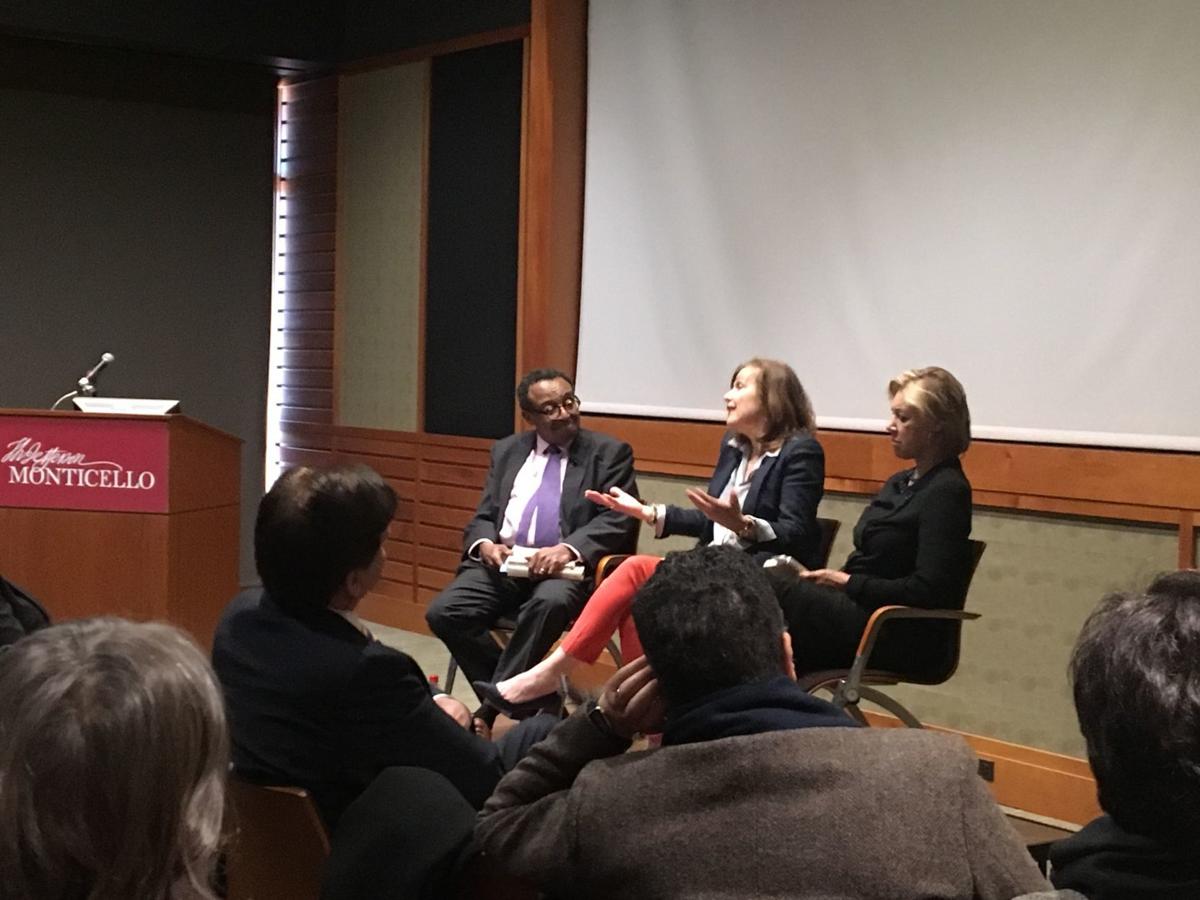Palmer Patton recognized as earliest identified African American graduate, faculty member at Oregon StatePosted in Articles, Campus Life, History, Media Archive, Passing, United States on 2020-03-07 03:06Z by Steven |
OSU Today
Oregon State University
2020-02-20
Theresa Hogue, Public Info Representative
Oregon State University archivist Larry Landis was leafing through a 1919 Beaver Yearbook in 2018 as he did research on representations of blackface in old university publications. As he looked for examples, he came across a yearbook photo of a student who appeared to be African American.
As the director of the Special Collections & Archives Research Center, Landis knew that officially, Carrie Halsell was considered the earliest identified African American graduate of Oregon State (at that time Oregon Agricultural College) in 1926. But the man in the photos, Palmer Patton, graduated from OAC with his bachelor’s degree in 1918 and a master’s degree in 1920. Landis investigated further.. He combed the university archives, online historic newspapers, and even accessed information through his personal Ancestry.com account. He also made inquiries with archives at other universities – Montana State University, UC Davis and the University of Chicago – all of which provided or confirmed information on Patton. He spent part of an afternoon in the archives at Montana State while in Bozeman for a conference.
“Over the course of several months I pieced together Palmer Patton’s story,” Landis said. “The end result is a story of someone who was most likely bi-racial, who identified as white at times, and who was able to navigate through places and spaces that were predominantly white.”…
Read the entire article here.



